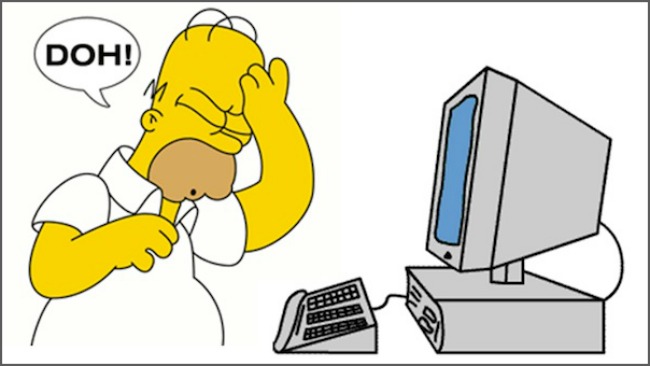 We all use email so surely we must all know how to use it properly right? Well, you’d think so but in fact, a lot of people are making huge social gaffes every time they press send.
We all use email so surely we must all know how to use it properly right? Well, you’d think so but in fact, a lot of people are making huge social gaffes every time they press send.
It can be really difficult to tell someone they’re making email clangers, but unless someone says something then nothing will ever change – the sender stays oblivious and the receiver stays irritated! I see some shocking email blunders in my line of work and here’s my advice on how to send email like a pro.
Email Etiquette
1. Use the BCC Field – Never enter more than three or four peoples email address into the ‘to’ field – and only if they know each other. If you need to contact more people then put their address in the ‘BCC’ (blind carbon copy) field so their email address is invisible to the others.
Not all the recipients may know each other and might not appreciate their email address being shared. This is one of the biggest faux pas that people make, but doing this will prevent ‘reply all’ horrors and spammers getting hold of a big list of email addresses.
An Australian friend of mine recently had his email address compromised by spammers so created a new address then emailed everyone he knew to tell them. I was shocked to be copied into an email with 280 other addresses and totally unsurprised that he was hacked in the first place!
2. Check before you ‘Reply All’ – Unless your email is relevant to everyone copied into the message then think before you do this. Some truly cringe-worthy incidents have come about when someone has inadvertently copied in someone they have just made less than flattering comments about!
3. DON’T SHOUT! – Never write an entire email in capitals. This is considered shouting and people think it’s rude.
4. Keep it short – People are busy so just get to the point already! A good technique is to immediately write what you’re emailing them about and then fill in the intro and sign off afterwards.
5. Avoid the added extras – Some people send emails that end with three inches of email signature then five inches of disclaimer. Try to reduce the length of both of these if you can. Likewise, the ‘Please Consider the Environment Before You Print This’ message can be seen as condescending – if they want to print it your email then they will anyway.
In a nutshell, the ideal email should be short, polite, to the point, have a relevant subject field, spelt correctly and have attachments if you’ve said you’ve attached something!
